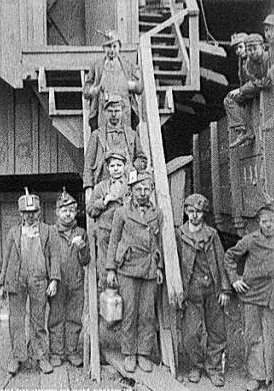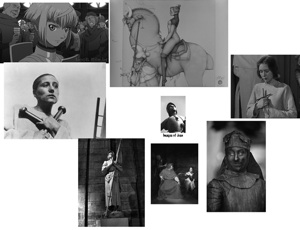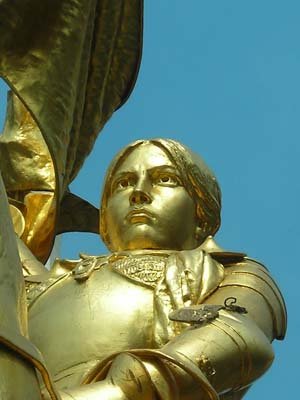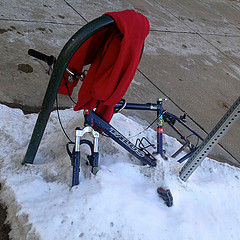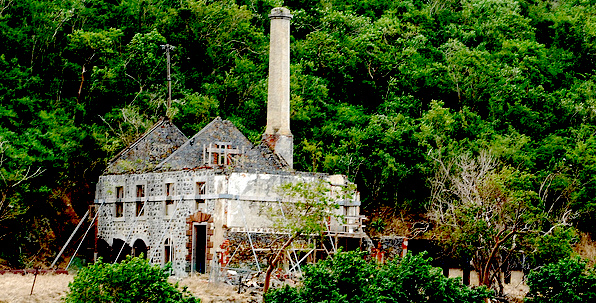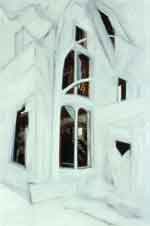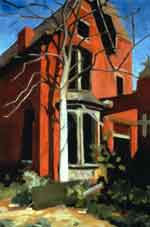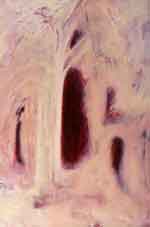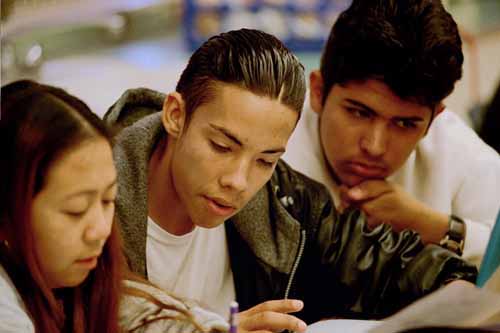Order McKenzie books online with a credit card
Bring Jamie to your school or district for a great workshop.
March Issue
Vol 24|No 4|March 2015
Picture this!
Nurturing the imagination and visual thinking of students
by Jamie McKenzie (about author)
 |
What if it snows?
|
|||||||||||||||
We know that a student's ability to picture what does not yet exist is a fundamental aspect of creative thought. This article stresses the value of such thinking and suggests ways to enhance both creativity and its partner, imagination.
|
||||||||||||||||
The Mind's EyeMost students are not conscious of their mind's eye. Teachers can begin their work on imagination and visual thinking by introducing this concept and encouraging students to actively practice use of their mind's eye. "Each of you has something like a TV or laptop screen in your brain that you can turn on and off to do thinking with images. For example, take the image of a warrior below, place it on your screen and then imagine heavy snow. Let the snow build up on the statue so that the warrior is partially blanketed."
Once they have created a snow-covered image in their minds, the teacher can show them photos like the one below, pointing out that there is no correct answer when imagining things.
The same activity can be done with many different objects ranging from a bicycle or a garbage can to a house.
photos © Jamie McKenzie Another effective strategy to awaken and strengthen this kind of imagining is to read aloud stories with vivid description and ask students to picture what they have heard.


photos © Jamie McKenzie An activity that works well to develop this thinking engages the students in collecting images from Google Images. They may paste a collection like the ones above into a word processing document or a mind mapping program such as Inspiration™ or Smart Ideas™. Instructions:
Depending on the age of the students involved, the teacher can either point them to specific pages or simply point them to the long, scrolling list of documents and challenge them to find pertinent testimony. In the transcript from “Saint Joan of Arc’s Trial of Nullification” located at http://www.stjoan-center.com/Trials/#nullification, they can read testimony that describes her appearance. The teacher sends them to the testimony of JEAN DE NOVELEMPORT, Knight, called Jean de Metz at http://www.stjoan-center.com/Trials/null04.html and asks them what they can learn from his words:
They rapidly learn that it is difficult to nail down the details of her appearance in a satisfying manner. Historians have been wrestling with these issues for years because the comments in the trials were mostly about her conduct and her religious principles. Stephen W. Richey devotes several pages to this challenge in his biography, Joan of Arc: The Warrior Saint (2003, Westport, CT:: Praeger.). He devotes Appendix C to a review of “Joan’s Personal Appearance.” He begins his attempt with the following admission: "There is not enough surviving evidence to give us any certainly as to what Joan looked like."
What is the value of developing the visual thinking and imagination of students?Among other things, picturing is central to comprehension of all kinds and the comprehension of text passages, in particular. Note the research cited below.
As one Web site (Reading Rockets) states:
But visualization and imagination are also crucial components of much innovative thinking and synthesis. Students' creative production is more likely to flourish if they possess these skills and know how to conjure up great ideas.
|
||||||||||||||||
From Now On is published by FNO Press
Denver, CO 80220
Inquiries via email please





